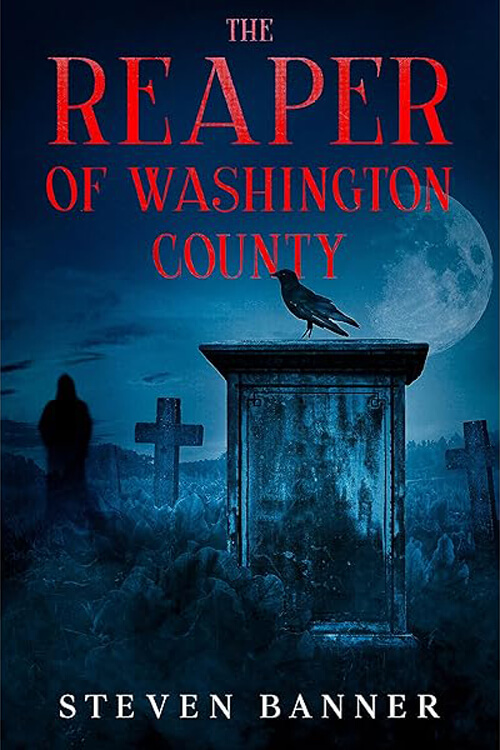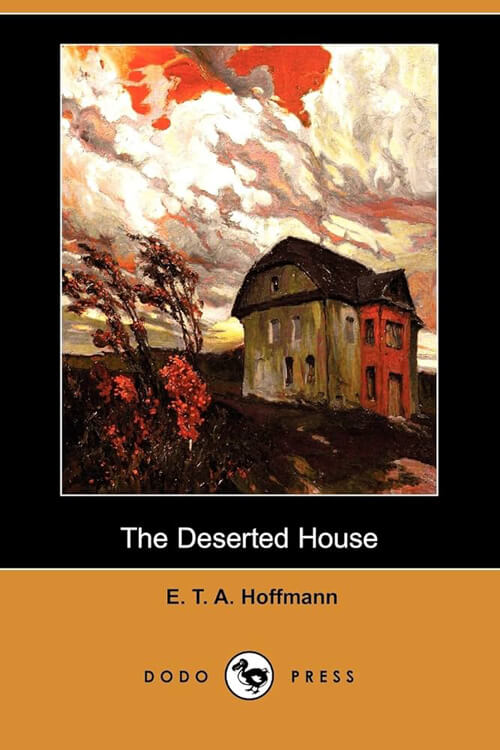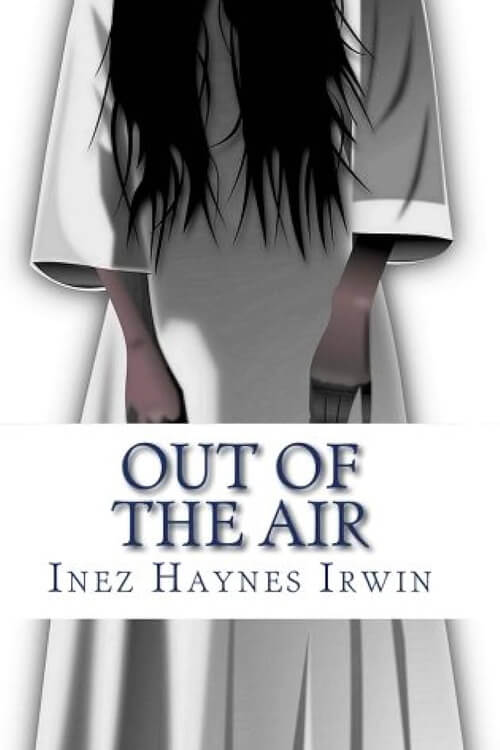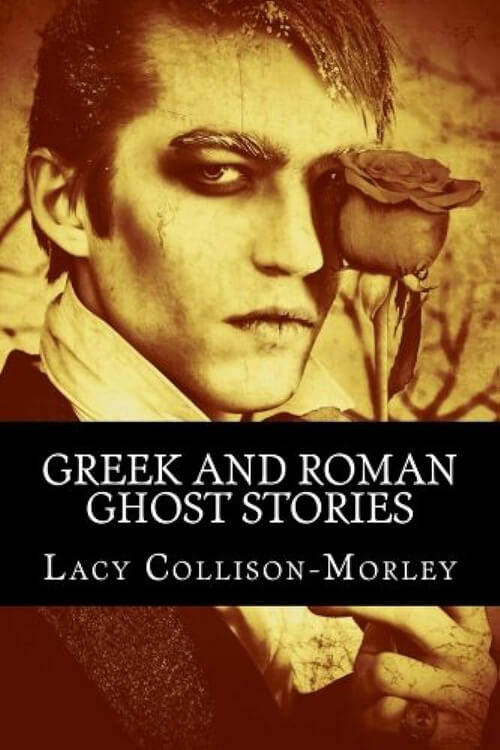
The Deserted House
They all agreed in the belief that the facts of life are often far more wonderful than the invention of even the liveliest imagination can be.
“It seems to me,” spoke Lelio, “that history gives proof sufficient of this. And that is why the so-called historical romances seem so repulsive and tasteless to us, those stories wherein the author mingles the foolish fancies of his meager brain with the deeds of the great powers of the universe.”
Franz took the word. “It is the deep reality of the inscrutable secrets surrounding us that oppresses us with a might wherein we recognize the Spirit that rules, the Spirit out of which our being springs.”
“Alas,” said Lelio, “it is the most terrible result of the fall of man, that we have lost the power of recognizing the eternal verities.”
“Many are called, but few are chosen,” broke in Franz. “Do you not believe that an understanding of the wonders of our existence is given to some of us in the form of another sense? But if you would allow me to drag the conversation up from these dark regions where we are in danger of losing our path altogether up into the brightness of light-hearted merriment, I would like to make the scurrilous suggestion that those mortals to whom this gift of seeing the Unseen has been given remind me of bats. You know the learned anatomist Spallanzani has discovered a sixth sense in these little animals which can do not only the entire work of the other senses but work of its own besides.”
“Oho,” laughed Edward, “according to that, the bats would be the only natural-born clairvoyants. But I know one who possesses that gift of insight, of which you were speaking, in a remarkable degree. Because of it, he will often follow for days some unknown person who has happened to attract his attention by an oddity in manner, appearance, or garb; he will ponder to melancholy over some trifling incident, some lightly told story; he will combine the antipodes and raise relationships in his imagination which are unknown to everyone else.”
“Wait a bit,” cried Lelio. “It is our Theodore of whom you are speaking now. And it looks to me as if he were having some weird vision at this very moment. See how strangely he gazes out into the distance.”
Theodore had been sitting in silence up to this moment. Now he spoke: “If my glances are strange it is because they reflect the strange things that were called up before my mental vision by your conversation, the memories of a most remarkable adventure–-”
“Oh, tell it to us,” interrupted his friends.
“Gladly,” continued Theodore. “But first, let me set right a slight confusion in your ideas on the subject of the mysterious. You appear to confound what is merely odd and unusual with what is mysterious or marvelous, that which surpasses comprehension or belief. The odd and the unusual, it is true, spring often from the truly marvelous, and the twigs and flowers hide the parent stem from our eyes. Both the odd and the unusual and the truly marvelous are mingled in the adventure which I am about to narrate to you, mingled in a manner which is striking and even awesome.” With these words, Theodore drew from his pocket a notebook in which, as his friends knew, he had written down the impressions of his late journeyings. Refreshing his memory by a look at its pages now and then, he narrated the following story.
Read or download Book
E. T. A. Hoffmann
Ernst Theodor Amadeus Hoffmann (born Ernst Theodor Wilhelm Hoffmann; 24 January 1776 – 25 June 1822) was a German Romantic author of fantasy and Gothic horror, a jurist, composer, music critic, and artist.
Biography.
His stories form the basis of Jacques Offenbach’s opera The Tales of Hoffmann, in which Hoffmann appears (heavily fictionalized) as the hero. He is also the author of the novella The Nutcracker and the Mouse King, on which Pyotr Ilyich Tchaikovsky’s ballet The Nutcracker is based. The ballet Coppélia is based on two other stories that Hoffmann wrote, while Schumann’s Kreisleriana is based on Hoffmann’s character Johannes Kreisler. Hoffmann’s stories highly influenced 19th-century literature, and he is one of the major authors of the Romantic movement. Hoffmann’s ancestors, both maternal and paternal, were jurists.
His father, Christoph Ludwig Hoffmann (1736–97), was a barrister in Königsberg, Prussia (now Kaliningrad, Russia), as well as a poet and amateur musician who played the viola da gamba. In 1767 he married his cousin, Lovisa Albertina Doerffer (1748–96). Ernst Theodor Wilhelm, born on 24 January 1776, was the youngest of three children, of whom the second died in infancy. When his parents separated in 1778, his father went to Insterburg (now Chernyakhovsk) with his elder son, Johann Ludwig Hoffmann (1768–1822), while Hoffmann’s mother stayed in Königsberg with her relatives: two aunts, Johanna Sophie Doerffer (1745–1803) and Charlotte Wilhelmine Doerffer (c. 1754–79) and their brother, Otto Wilhelm Doerffer (1741–1811), who were all unmarried. The trio raised the youngster. The household, dominated by the uncle (whom Ernst nicknamed O Weh—” Oh dear!”—in a play on his initials “O.W.”), was pietistic and uncongenial. Hoffmann was to regret his estrangement from his father. Nevertheless, he remembered his aunts with great affection, especially the younger, Charlotte, whom he nicknamed Tante Füßchen (“Aunt Littlefeet”).
Although she died when he was only three years old, he treasured her memory (a character in Hoffmann’s Lebensansichten des Katers Murr is named after her) and embroidered stories about her to such an extent that later biographers sometimes assumed her to be imaginary, until proof of her existence was found after World War II. Between 1781 and 1792 he attended the Lutheran school or Burgschule, where he made good progress in classics. He was taught drawing by one Saemann, and counterpoint by a Polish organist named Podbileski, who was to be the prototype of Abraham Liscot in Kater Murr. Ernst showed great talent for piano playing and busied himself with writing and drawing. The provincial setting was not, however, conducive to technical progress, and despite his many-sided talents, he remained rather ignorant of both classical forms and the new artistic ideas that were developing in Germany.
He had, however, read Schiller, Goethe, Swift, Sterne, Rousseau, and Jean-Paul, and wrote part of a novel titled Der Geheimnisvolle. Around 1787 he became friends with Theodor Gottlieb von Hippel the Younger (1775–1843), the son of a pastor, and nephew of Theodor Gottlieb von Hippel the Elder, the well-known writer friend of Immanuel Kant. During the year 1792, both attended some of Kant’s lectures at the University of Königsberg. Their friendship, although often tested by increasing social differences, was to be lifelong. In 1794, Hoffmann became enamored of Dora Hatt, a married woman to whom he had given music lessons. She was ten years older and gave birth to her sixth child in 1795. In February 1796, her family protested against his attentions and, with his hesitant consent, asked another of his uncles to arrange employment for him in Glogau (Głogów), Prussian Silesia.






